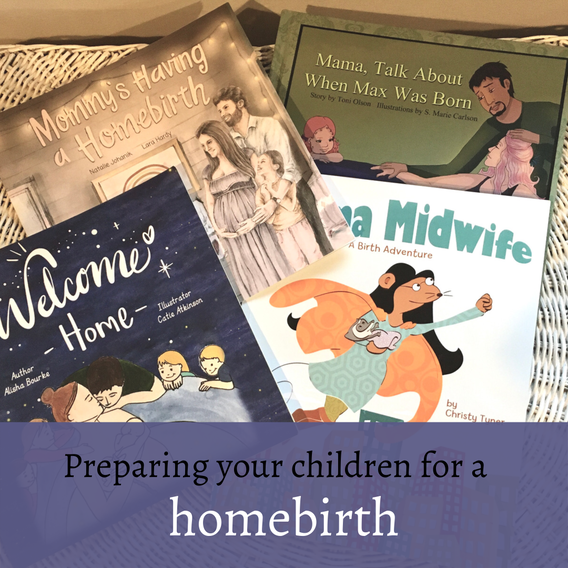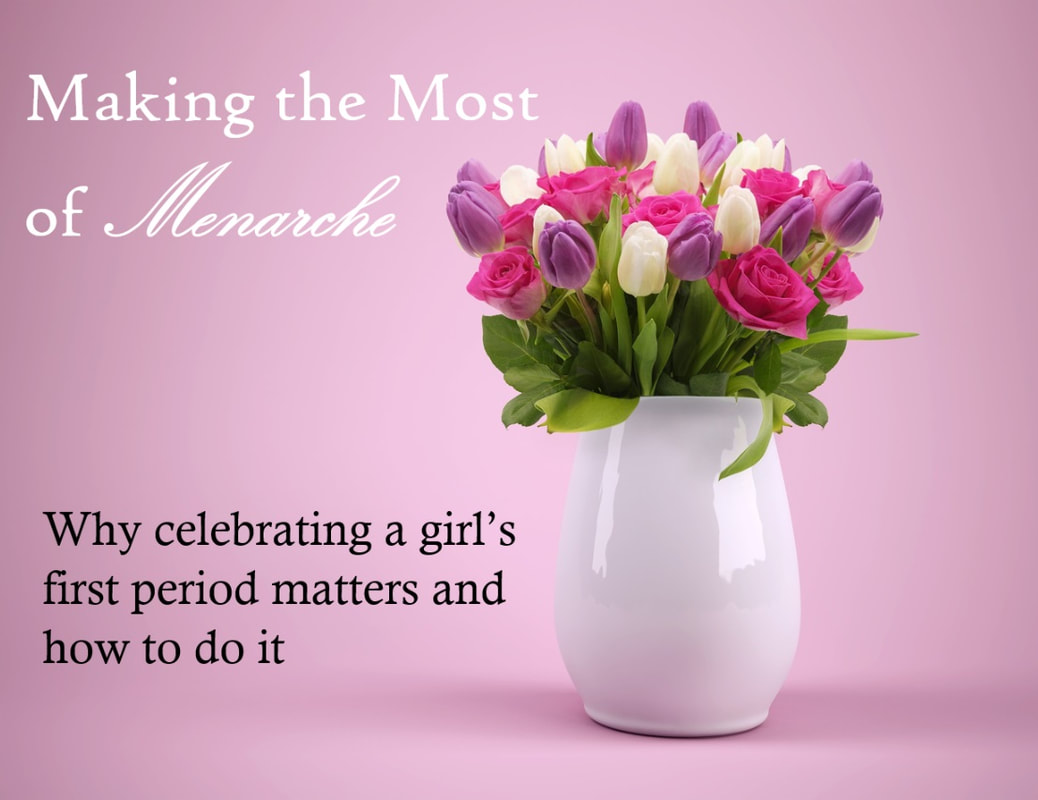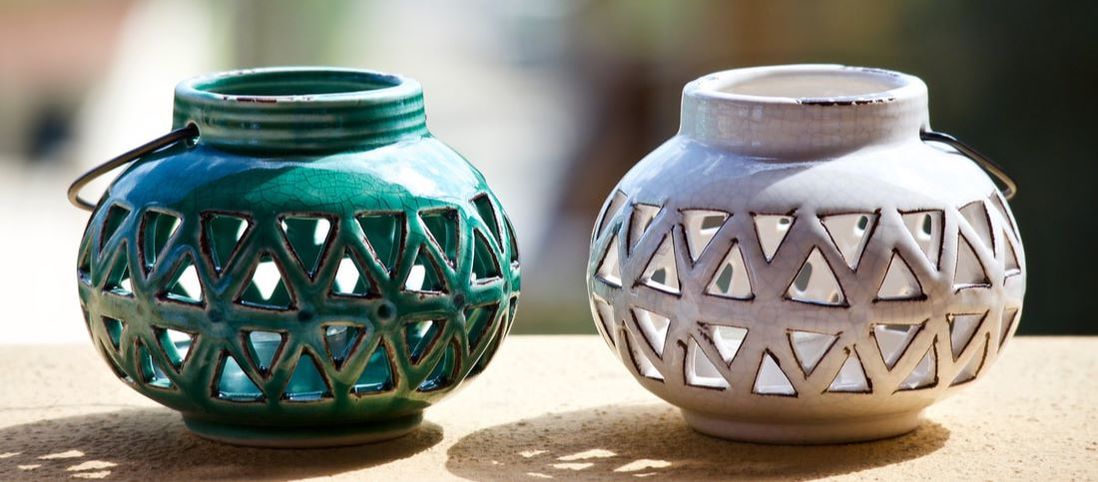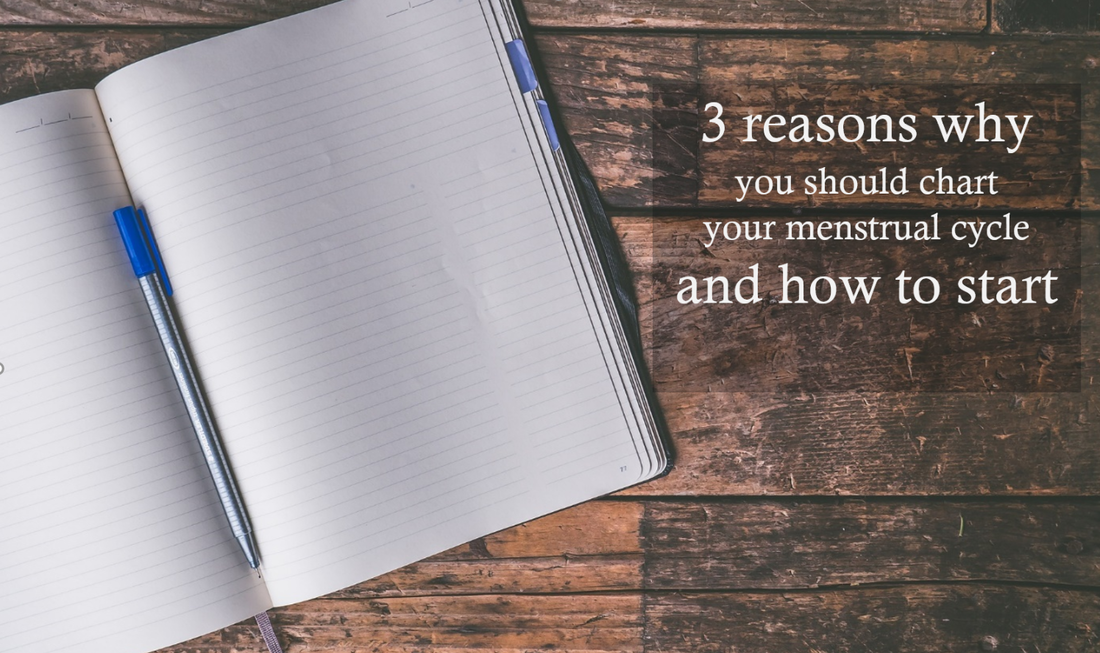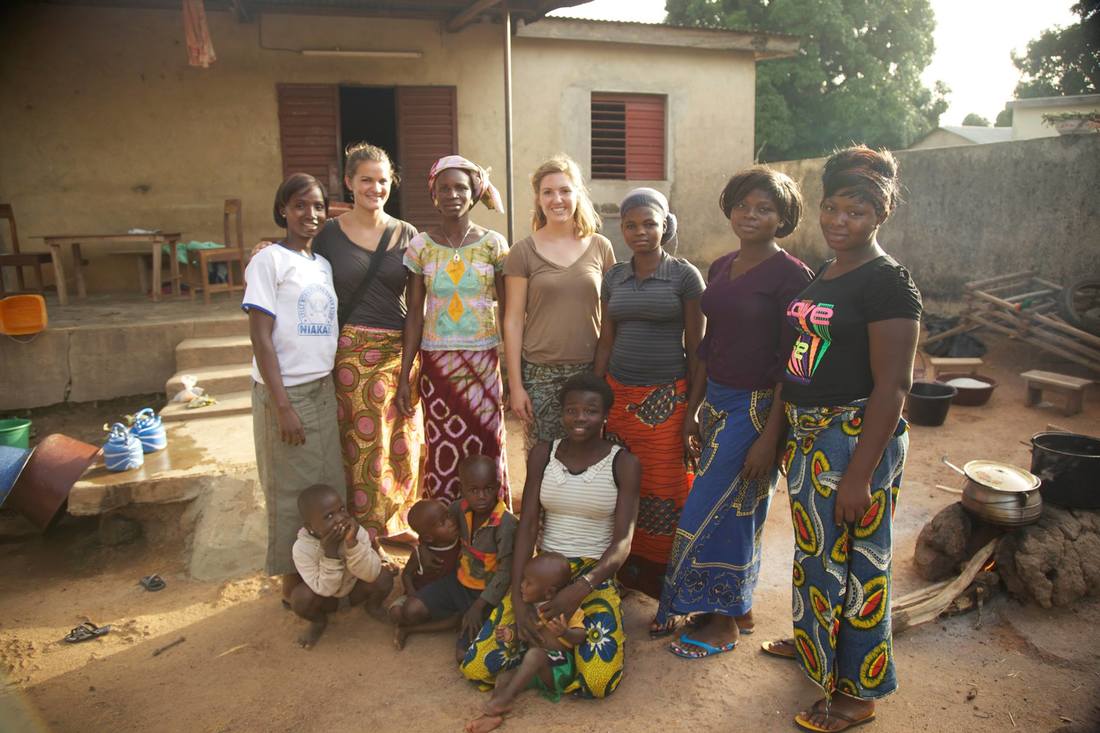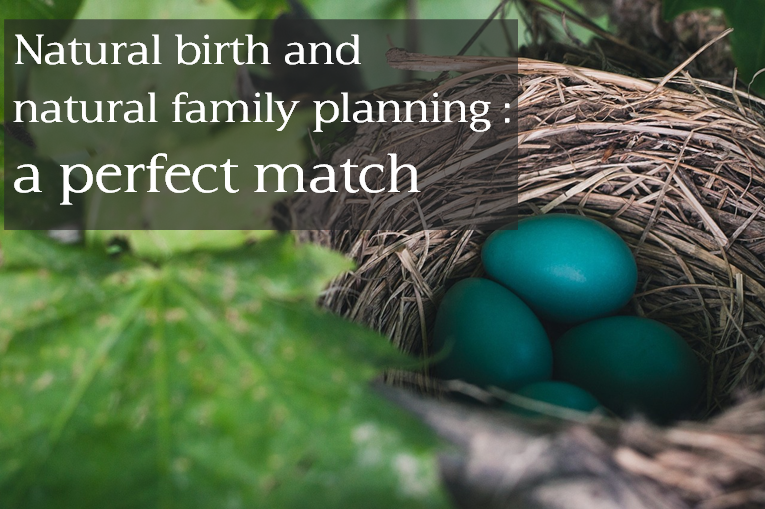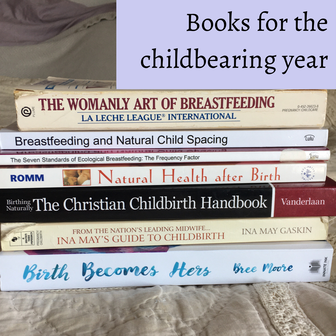 These are some of my favorite books for the ‘childbearing year’. It is so important to fill your heart and mind with positive, helpful, inspiring and encouraging information about this sacred season of life. We are beautifully created by the Author of Life, designed with the strength, courage, intuition, flexibility and creativity needed to bring forth children. There is no fruit in listening to anyone tell you otherwise :) (Disclaimer - I don’t necessarily agree with the worldview of all of the authors nor 100% of the content of these books) -Birth Becomes Hers by Bree More. This is a book about free-birthing, or the practice of having babies independently without the attendance of midwives. While I personally prefer to have my home births in the presence of my dearly trusted and well-trained midwives, this book is still an excellent resource about physiological birth, spirituality in birth, and is full of triumphant and joyful home birth stories that will make you actually look forward to labor! Although I believe the main part of the book as well as some of the birth stories are written from a Mormon perspective, I appreciate this book as it points our eyes toward our Creator for strength and peace, rather than inward as so many birth books do. -Ina May’s Guide to Childbirth by Ina May Gaskin. This is THE classic text on natural childbirth. I read this each time I’m pregnant. Half of the book is an illuminating introduction to natural childbirth and the GOOD design of a woman's birthing body ("You are not a lemon" is a favorite quote), the other half is a series of wild and inspiring birth stories that open one's eyes to what a woman's body is capable of. This book certainly contains a few questionable spiritual elements but is nevertheless a valuable resource. -The Christian Childbirth Handbook by Jennifer Vanderlaan. A Christ centered, Scripture-rich introduction to natural childbirth. This is the only truly Christian childbirth book I've read, and I found it enjoyable and encouraging. -Natural Health After Birth by Aviva Romm This book is a rich, holistic, practical guide to postpartum care, filled with tips and natural remedies. The postpartum time is such a vital healing, bonding, and building time for both mother and baby and too often neglected in our childbirth preparation. This is a book I have on hand for reference, and I typically pull it out anytime I or a friend has a baby! -The Womanly Art of Breastfeeding by the La Leche League. Another classic text for new parents, this is a must read for anyone hoping to breast-feed (or even if you aren’t sure yet!). My copy is quite dated and I know there are new editions out there that contain new information pertinent to modern life. -The 7 Standards of Ecological Breastfeeding and Breastfeeding and Natural Child spacing by Sheila Kippley. These precious books have taught me more about attachment parenting and mothering infants than any others. I have found them to be deeply challenging to societal expectations of what life with a baby looks like and how important maternal attachment is to lifelong emotional and physical health. Of course, these books are also full of useful information about the relationship between breast-feeding and suspension of fertility, which are typically only briefly mentioned in other natural family planning resources. What are your favorite resources for pre-conception, pregnancy and postpartum? What should I read next?
0 Comments
Have you ever considered having a homebirth? For some, the idea seems daunting, and maybe even a little wild! But to others, giving birth in the comfort of one's own home under the care of skilled, licensed midwives sounds like the ideal childbirth experience. If you are one of these women, you're definitely not alone! I've had several homebirths myself, and they have been some of the most incredible and memorable moments of my life.
One of the many benefits of homebirth is the opportunity for your other children to be more involved than perhaps they could be in a hospital setting. While some women prefer to labor alone, with their children tended to by a loving sitter, you may find yourself wanting to have your children nearby and participating in this miraculous event. But how does one prepare children for birth? The sights, sounds and events in the birthing room may be unfamiliar and even frightening; not only for children but husbands and other family members who might be in attendance! I'd love to share with you some ways that I've worked to prepare my children for the births of their siblings, and how this preparation has helped them to enjoy these special family moments and treasure them forever.
Tell them their birth stories
My kids love hearing stories about when they were born. We share with them the excitement, the challenges and the joys in each of their deliveries. Pictures of them as fresh newborns are great to share too! They are always full of questions about the details, and it's so sweet to remind them of the love and anticipation with which we awaited each of their arrivals. Read books together We've been blessed to find a number of sweet children's books geared toward preparing families for the birth of a child, both in a hospital setting or at home. Here are a few of our favorites: (Note - make sure you preview these and decide if they are right for your family before reading them aloud. A few contain birth related nudity, mentions of spirituality, non-anatomically correct language, etc.) Include them in prenatal care If your care provider is open to this, try to include your kiddos in prenatal care as much as possible. My kids come to all my midwife appointments and are even invited to help with tasks such as listening to baby's heart beat, measuring the belly, and taking blood pressure. This really helps them to feel connected and involved with baby even before the birth date arrives.
Watch birth videos
I have found many beautiful professionally filmed birth videos on Youtube that present homebirth in a real, raw, yet beautiful and slightly curated way. This helps to normalize the sounds, emotions, and events in a birth for kids while highlighting the joy. Again, this is something you'll definitely want to preview before sharing with your kids to decide what level of detail they can handle, as well as check it for language and such. But I've found that my kids love birth videos and even request their favorites on a regular basis! Give them a job Depending on the ages of your children, they may be able to take ownership of small tasks in the birthing space. Some ideas are keeping mom's water bottle filled, providing cool cloths for mom's forehead, checking the birth pool temperature, helping with younger siblings, getting snacks, or just holding mom's hand and providing encouragement. Talk about the tough stuff Another important element of preparation is to talk with your kids about some of the tough things they may see or hear. We tell our kids that labor is hard work and that it hurts mommy, but it's okay! We tell them that mommy isn't scared and that this is a big job for her to do to bring baby out. We also talk about the loud noises and wild faces mommy might make, as well as the reality of postpartum bleeding. Emphasizing that these are all good parts of God's plan for babies to come out, and that mommy is ready and not afraid, helps them not be worried by what they see and hear. Assemble your birth team Other than qualified midwives, it may be a good idea to include some other helpers on your birth team, especially when kids around. We make sure we have a sitter/grandma/auntie to take care of the kids so mom and dad can focus on the labor without needing to change diapers, get snacks, etc. Ideally this is someone who the kids feel very comfortable with! We also always hire a doula to provide encouragement, education and physical support during our births. Our doula is also a childbirth educator and put together a neat 'doula assistant' presentation complete with coloring pages and handouts to teach the kids more about how to be great helpers during the birth. Pray and read scripture together Praying over the baby and the birth daily is another beautiful way to lead your children in trusting in God's love and provision for the pregnancy and birth process. It will do you a world of good, too! Taking time each day to read scriptures that detail God's lovingkindness and care is a wonderful balm to the soul, and helps the whole family to remember that the gift of life is from Him and He holds us all in His hands.
Prepare your birth space
One of the most special parts of a home birth is being able to create a calm, sacred birthing space in which to welcome your child. Writing Bible verses to hang on the wall, hanging Christmas lights, adding cozy textiles and colors - the possibilities are endless! My kids like to color pictures for me to look at while I'm laboring. It's such a sweet encouragement! Make postpartum special for everyone Of course, once the baby arrives the joys of welcoming a new member to your family have just begun! Finding a balance between protecting mom and baby's bonding, rest and recovery while still including the siblings in welcoming the new baby can be tricky. It's helpful to talk with your husband ahead of time to come up with strategies and ideas for both including the big kids, and distracting them with other things when necessary. The kids may be disappointed at how much baby needs to sleep and nurse and how little they can contribute to care. Asking big kids to fetch diapers, choose baby outfits, sing lullabies, etc can make them feel useful and important. This can also be a great time for dad or grandma to take the big kids on special outings. Gift baskets are another wonderful touch - a new toy or coloring book can make siblings feel special and remembered in the midst of all the fuss over baby. Make memories This probably goes without saying, but savor every moment! Take lots of pictures, write your birth story, save mementos, and make this birth a special family memory to be shared together for a lifetime. What about you? Have you ever considered a home birth, or had one yourself? What were some ways you prepared your family? In cultures around the world, menarche (men-AR-kee), or the first menstruation, is a special time in a girl’s life. Signaling her entrance into adulthood, a girl’s first period is often seen as a rite of passage and worthy of celebration. In most western cultures, though we gladly engage in bridal showers, baby showers, birthday parties, baptism celebrations, and more, menarche usually goes quietly unnoticed. For some girls, rather than being a moment of pride and excitement, her first period is accompanied by embarrassment or trepidation. As a mother myself, I’ve been giving more and more thought to how I want to convey this important life transition to my children. I don’t have a specific plan yet (plenty of time for that!), but I do know that I don’t want to let this moment pass for my daughters without acknowledgement. There are several reasons for this. I believe period positivity can be the beginning of body literacy, giving a girl both a healthy perspective on her body’s development and a sense of the preciousness of her femininity and sexuality. If our girls learn from day one that periods are a beautiful and functional part of how God designed them, they will be encouraged to be proactive in their healthcare, vocal about their questions and concerns, and better equipped to demand that their bodies be respected by others. So celebrating the onset of menstruation, which will be a major part of a woman’s life for decades, is a worthy goal. But how to go about doing it? Menarche rituals will look different for every family and every individual, so don’t constrain yourself to one set idea. Be creative. Ask friends, peruse forums, and explore a variety of options. Here are just a few ideas that I’ve come across:
As you consider what to use for your daughter (or niece, sister, granddaughter, goddaughter, etc), here are some general guidelines that may be helpful to keep in mind: (Originally written for LiveWell Collective) With all the cute planners, digital calendars, and fancy phone apps available, keeping track of your period is easier than ever. Whether you write little dots on your wall calendar or record it in your phone, many of us want to remember when our last period started. But there is so much more knowledge to be gained than simply keeping track of when you bleed. I’m referring to the practice known as ‘cycle charting’. Have you ever heard of it? Cycle charting is simply observing and recording your body’s signs of fertility, which include cervical fluid, basal body temperature, vaginal sensation, and cervical position. By doing this, you can create a visual chart mapping the various hormonal phases and events in your cycle, such as the pre-ovulatory estrogen build up, the tell-tale high progesterone phase that dominates the second half of your cycle, and of course, menstruation itself. Learning to chart is a fascinating process that often sets a woman on a journey of self-discovery. Besides being simply interesting, cycle charting actually has practical applications as well. Here are my three favorites. 1. Cycle charting promotes body literacy.
Cycle charting will probably teach you more about your body than you ever knew before. For example, did you know that you can only get pregnant about 6 days each cycle? Did you know that your cycle can be divided into distinct phases? Or that your cervix changes shape and position throughout your cycle? Or that you don’t need to pee on a stick to know when you ovulate? Not only does charting give you a deeper understanding of how your body works physically, but it can also help you to discover how your cycle effects your relationships and emotional experiences on a day to day basis. 2. Cycle charting can be used to plan your family. As I mentioned before, pregnancy is only possible during a short handful of days each cycle. Your fertile window is determined by hormonal and physiological conditions being just right for conception to occur, along with the timely presence of sperm and an egg. Your body has observable signs of fertility that allow you to accurately determine when the fertile window begins and ends. This knowledge can be used to practice natural family planning, or NFP. Not to be confused with the outdated Rhythm Method, which relies on counting days and knowledge of past cycles guess at the timing of the fertile window, NFP relies on real-time physical observations so you can identify the fertile window as soon as it starts, whether your periods come regularly or not. You can simply avoid intercourse during the fertile time, resulting in a 99.4% effective way to avoid pregnancy. This can mean freedom from the risks and side effects of the Pill and other forms of birth control. This is a game changer! As you can imagine, this same skill set can be used to maximize your chances at conceiving. Not only does cycle charting allow you to accurately identify the best days for conception, but it also helps you asses if you have optimal fertility. A simple description of natural family planning (NFP) is using knowledge of a woman's cyclical fertility to avoid or achieve pregnancy. The fertile window is determined by observing physical signs of fertility. Not terribly complicated, right? But what exactly are these fertility signs, and why can we trust them? Can a woman really tell if she's fertile simply by observing her body? Fertility signs are physical biomarkers that reveal where a woman is in her menstrual cycle. Because the fertile window only occurs once per cycle, knowing when that window occurs is vital if a couple wishes to avoid pregnancy naturally (by abstaining during the fertile time), or if they are trying to conceive. Most fertility signs can be observed by the woman herself with no medical tests or specialized equipment. The signs commonly used in most methods of natural family planning are:
Why fertility signs are trustworthyThe reason that fertility signs can be relied upon to detect a woman's brief fertile window is this: fertility signs are direct reflections of hormonal activity. Since women's sex hormones fluctuate in a very particular manner throughout the stages of her cycle, her fertility signs will show exactly what her body is doing. For example, a woman's basal body temperature will rise slightly in response to the hormone progesterone. Fertile quality cervical mucus is produced by the cervix according to a woman's estrogen levels. To a woman trained in fertility awareness, the presence of these signs is unmistakable and their timing tells the story of what her hormones are doing. Even though the moment of ovulation (the once-per-cycle release of an egg from an ovary) can't be detected without ultrasound, the hormonal events surrounding ovulation can be clearly observed through fertility signs. Because of this, a woman who uses NFP can confidently determine when her fertility begins and ends in any given cycle. The implications of this are widespread. As previously mentioned, the ability to determine when she is and isn't fertile gives a woman incredible control and flexibility in her family planning. Pregnancy can be avoided with no pills, devices, or barriers. A couple can also optimally time lovemaking for achieving pregnancy.
But beyond family planning. learning to understand her fertility signs can help a woman to understand and monitor her health. Knowing her usual pattern of healthy cervical fluid will allow the woman to be the first to know if she has some kind of cervical or vaginal abnormality. Fertility charts, records of daily fertility signs, can reveal hormonal imbalances or other health issues. Learning fertility awareness can truly enable women to be active participants in their own healthcare. Fertility signs are reliable, physical reflections of the day by day hormonal story of your cycle. Would you like to know more about how natural family planning works and why it's effective? Read some frequently asked questions or contact me! As a natural family planning instructor and fertility educator, I'm not shy about praising the virtues of women's natural cycles. What I don't often discuss is those times in our lives where our normal, cyclical fertility may be suspended for a time. This could perhaps be from the use of artificial hormonal medication, from illness or over exercise, or for happier reasons such as pregnancy and breastfeeding. As much as a monthly cycle is the biological norm for women, these times without our periods can be a normal part of the feminine experience as well. If you have experienced times of non-cycling, you may be familiar with the mixed emotions that accompany the return of your periods and fertility. Even a mature woman can feel like a teenage girl as she tries to get accustomed to having periods again. While this time can be unsettling, disorienting and distracting, it can also be exciting, rejuvenating, and grounding! Let's talk about some practical ways to gently reacquaint yourself with your period. As your period returns, this can be an excellent time to evaluate your lifestyle and self-care routine. Are you happy with your old menstrual care products, or would you like to try something new? Are you consuming energy-giving, nourishing foods? Have you found a regular form of exercise that is fun and inspiring? Our period can act as our monthly health report. If it quickly becomes painful, too heavy or light, irregular, or difficult to manage, it might be a good time to assess what you can change about your lifestyle to support healthy periods and overall well-being.  This is also the perfect time to learn more about your cycle and practice fertility awareness. Remember, your cycle is everything that happens from the start of one period to the start of the next. The cycle is an intricate interplay of biological processes that affects us both physically and emotionally. Do you know about the different phases of the cycle and how they affect you? Do you know when your fertile window begins and ends? Do you know what your fertility signs are and how to chart them? There has never been a better time to learn than right now! Finally, let this be a time of leaning in and engaging with others. Our feminine biology is something that connects us to other women. Remember puberty? Though it has its awkward moments, puberty is often a time when girls chat about their bodies and their feelings, share stories, and support each other in the reality of becoming women. I would love to see adults do this too! Whether we are living with regular cycles, no cycles, pregnancy, infertility, perimenopause, we can use our uniquely feminine experiences to draw us into deeper community and authentic relationships. And if you have questions about the female cycle, or you want to know how to begin evaluating if you are living a cycle-supporting lifestyle, you came to the right place. I would love to hear from you! Email me at [email protected], or contact me through this form, or connect with me on Facebook or Instagram!
In honor of Menstrual Hygiene Day on May 28th, I've asked my dear friend Emily Burnett to share her heart behind bringing education, empowerment, and practical menstrual hygiene solutions to girls in need. Before I moved overseas, I don't remember giving thought to how women in developing countries manage their menstrual cycles. Buying tampons and pads seemed like a basic necessity, a non-negotiable, never given a second thought. I hadn't the slightest idea that, for millions of women and girls around the world, sanitary products are often an unaffordable luxury or altogether inaccessible. With my host family in Cote d'Ivoire But at twenty-one years old, I moved from Wisconsin to Cote d’Ivoire and my worldview began to change. I joined an organization called Journey Corps and moved into a host family in a small Ivorian village. There were always at least twelve people under our roof: dad, mom, their three little boys, five teenage nieces, a couple of nephews, and me. The girls became my dearest companions and cultural guides. Over the course of eight months, they taught me the way of life for young, unmarried women in Cote d’Ivoire, a life so different from my own.
Before long I noticed that my sisters didn’t buy sanitary products. Pads were available at some of the little wood-framed shops, but my sisters couldn’t afford them. In fact very few women at all could afford them. So instead they used old cloths, mattress foam, leaves, or straw. These materials led to infections and were ineffective during times of heavy flow, so the girls sometimes skipped school a couple days each month. Their school also wasn’t equipped with clean, private facilities or running water, making it even more difficult for girls to go to class during their periods. Three of my sisters failed their final exams and did not advance to the next grade. Thankfully they had a supportive family who encouraged them to try again. But it was a continuous struggle to keep up with their coursework. After eight months with my host family, I had the chance to travel to a handful of other countries in West Africa, where I heard the same story again and again. It was humbling to acknowledge that my experience of managing menstruation, one that didn’t interrupt my normal life or cause serious health issues, was unimaginable for so many women and girls. I couldn’t ignore this reality. Natural childbirth is fascinating to me. Even before getting married and starting a family, someone recommended that I watch the documentary The Business of Being Born. I found it very compelling, and it inspired to me to look at women's bodies (and my own) in a new way. Of course I'm so grateful for modern medicine and good doctors to intervene when things go wrong. But I loved the idea that women were designed to give birth and that healthy, low risk pregnancies and births are natural processes and not medical events. Ever since, I've been interested to read about natural childbirth, watch birth videos, and listen to stories of women who've experienced it. I was even blessed enough to experience unmedicated births myself, one of which was a peaceful home water birth. What is it that some of us find so appealing about natural childbirth? Why do we put ourselves through the pain (and sometimes ridicule!) that comes along with choosing to have a baby with little to no medical intervention?
I recently asked a group of natural birth enthusiasts this question, and here are some of their responses: "It's empowering to have faith in your body." "I love feeling the contractions and letting my body do what it knows to do." "I believe women are made for natural birth, perfectly designed to bring our babies into the world with no need to intervene (in most cases)." " After a very traumatic first birth, I knew there was something better. I began reading and researching natural birth, and it blossomed into a passion for all women to experience the beauty of it." "Having a natural birth seemed to be in line with my other life choices- to do things that promote health, confidence, joy, and a respect of nature and my own instinct."  As a fertility educator and SymptoPro instructor, I'm passionate about helping couples to manage their reproductive health in a safe, effective, and empowering way. But what does that mean, exactly? What role does a fertility educator play in a woman's journey of using natural family planning (NFP)? The first thing a fertility educator can do is to teach you the guidelines of natural family planning. During the main instructional period, you will learn about the function of various hormones, the phases of the menstrual cycle, the signs of fertility, how to observe and chart the signs, and how to apply the guidelines for avoiding (or achieving) pregnancy. Your instructor will work with you closely to make sure you feel confident in the method and can apply the rules correctly. Your NFP instructor will also review your charts. Besides simply learning the guidelines of NFP, you will also be getting to know the unique rhythms of your own cycles. Your instructor will be available long after your initial class series has ended, to answer any questions you may have about observational techniques, your charts, your fertile window, and more. You'll probably have several in person follow up meetings, as well as continuous phone/email support. A fertility educator is also trained to guide you through various reproductive circumstances. Whether you have long, short, or irregular cycles, are premenopausal, coming off of hormonal birth control, breastfeeding, or suffering from gynecological problems, your instructor can teach you to interpret and navigate charts that may look different than what you saw in class. This also means that an instructor can help you throughout your reproductive life, as your circumstances and body changes and matures. She can help you make the switch from trying to conceive, to trying to avoid pregnancy, and back again. Your NFP instructor is someone you can ask anything without fear of embarrassment or funny looks. She is a coach, cheerleader, and a teacher with a wealth of experience. Interesting in learning more about how a fertility educator can help you? Leave a comment below or contact me here! "Did you just say celebrate?" you might be wondering. Yes I did. Believe it or not, it's possible!
Even if you're on board with the benefits being in touch with your cyclical fertility, enjoying the actual period part of the menstrual cycle can still be a tough pill to swallow. For those who are lucky, bleeding for 3-7 days a month can be a massive inconvenience. And to those who suffer from serious period problems (such as heavy flow and dreadful cramping), it can be absolute misery. So how can we change that? How can we change from seeing our periods as 'the curse' to viewing them as a blessing? Keep reading for some ideas on how to celebrate your period. |
For updates, new articles, upcoming events, and information about fertility, healthy relationships, and natural family planning, sign up for the newsletter below:
Categories
All
|
Wellspring Family Wellness
[email protected]
2024
This site and associated social media may contain affiliate links from which I earn a small commission
[email protected]
2024
This site and associated social media may contain affiliate links from which I earn a small commission

